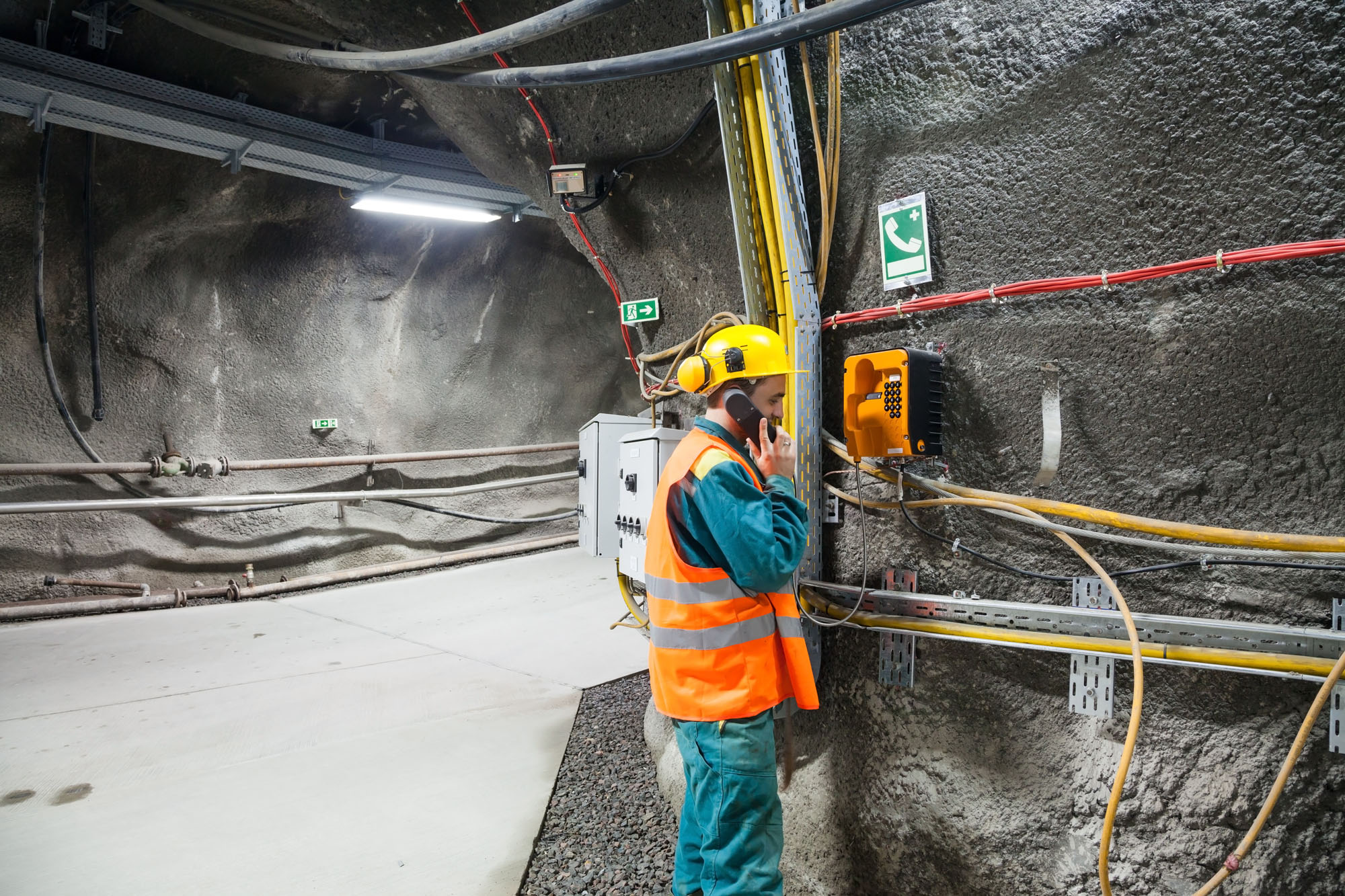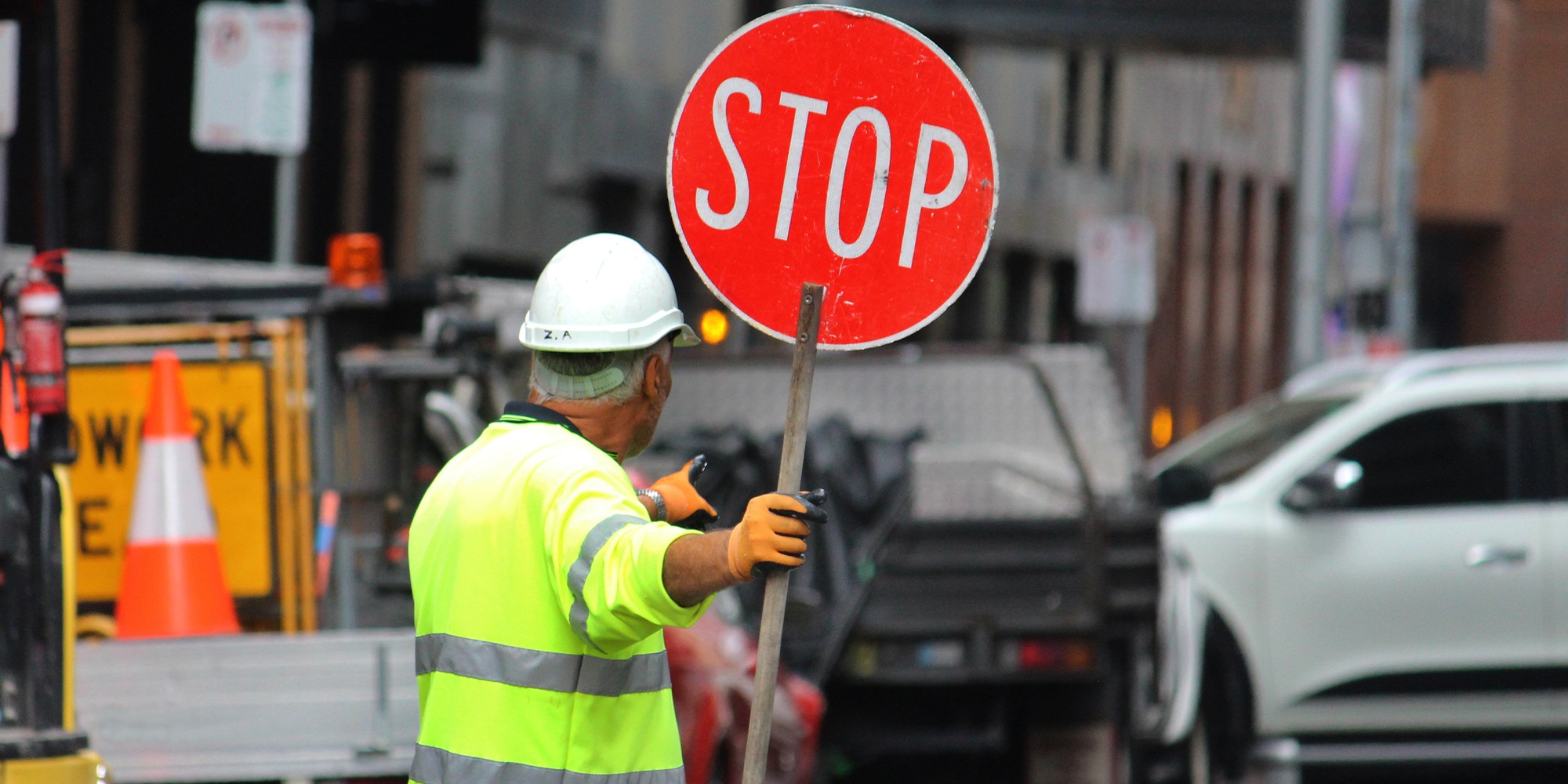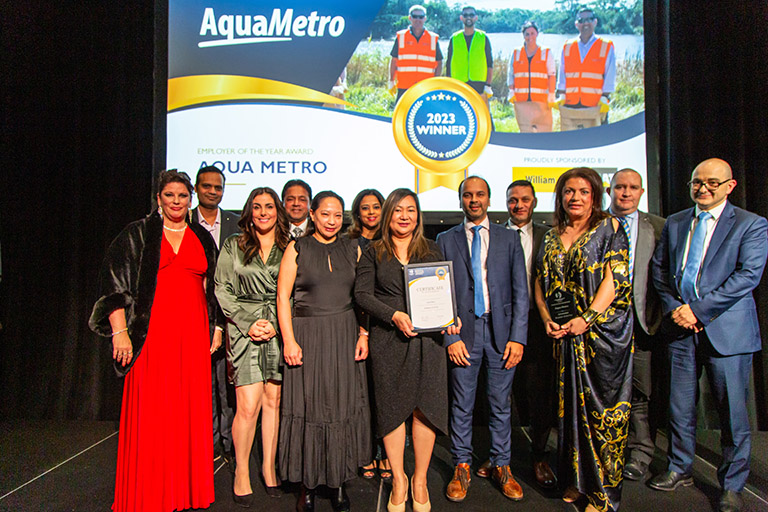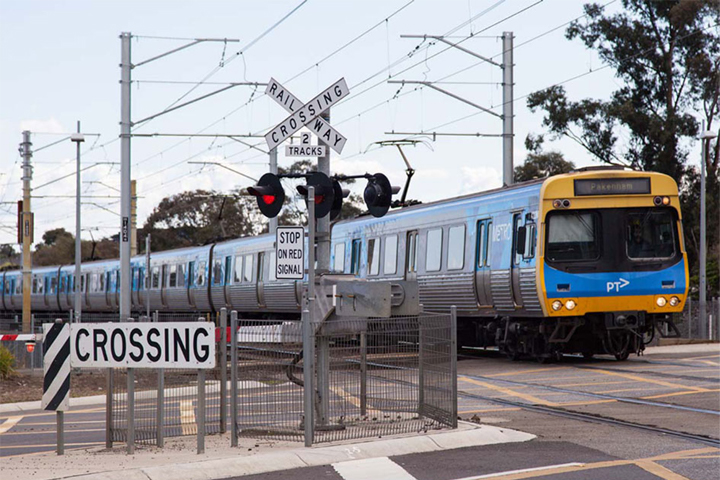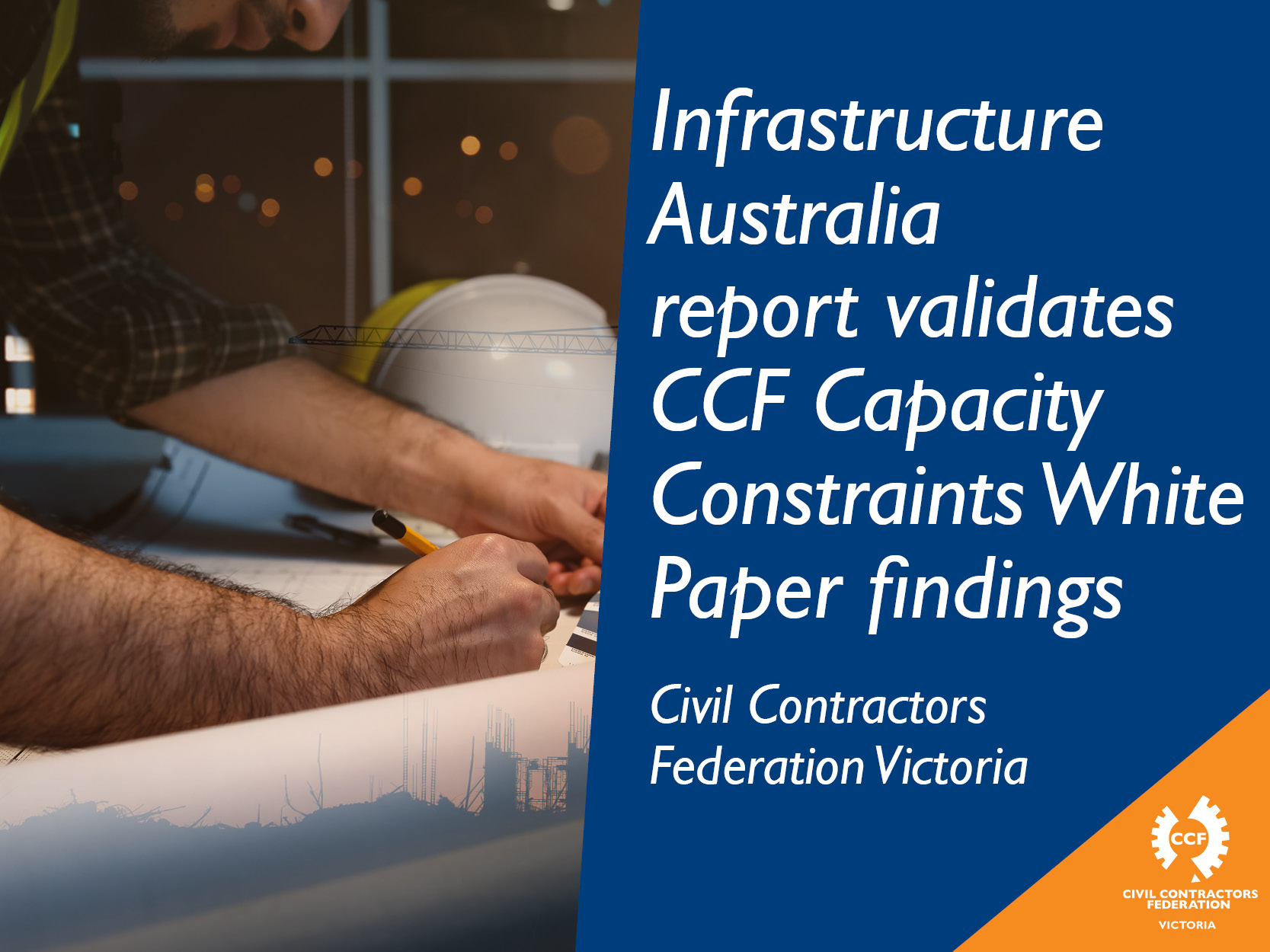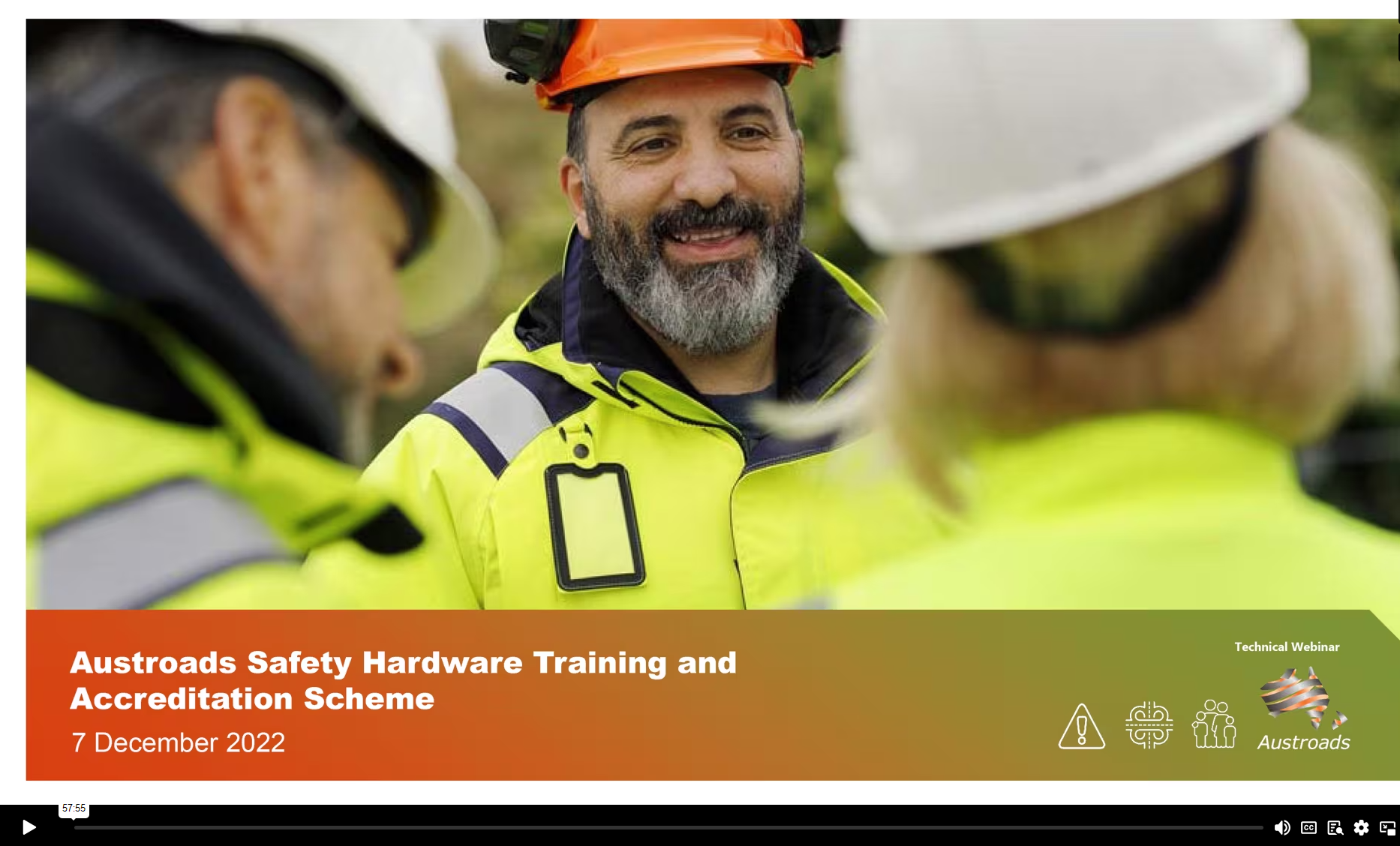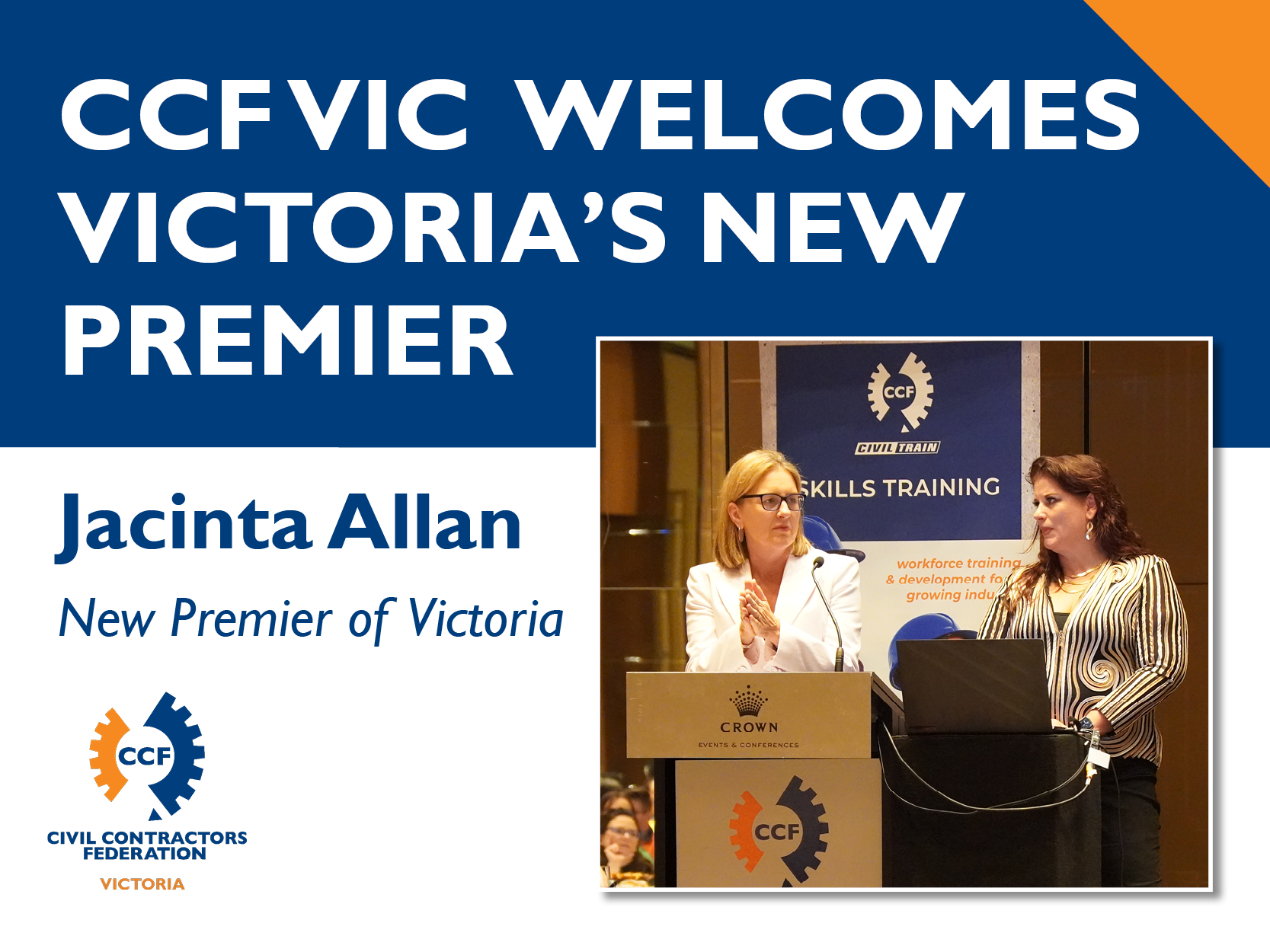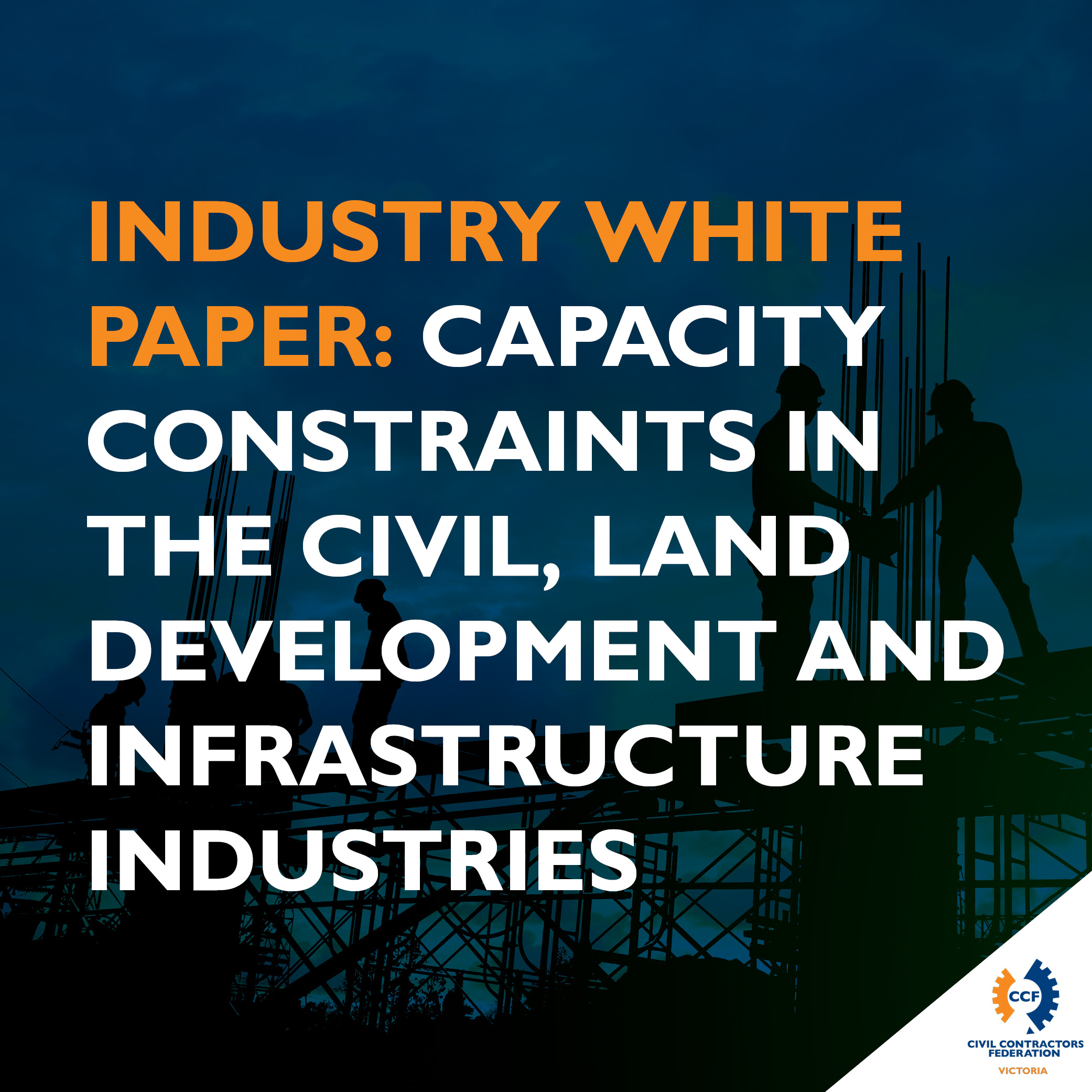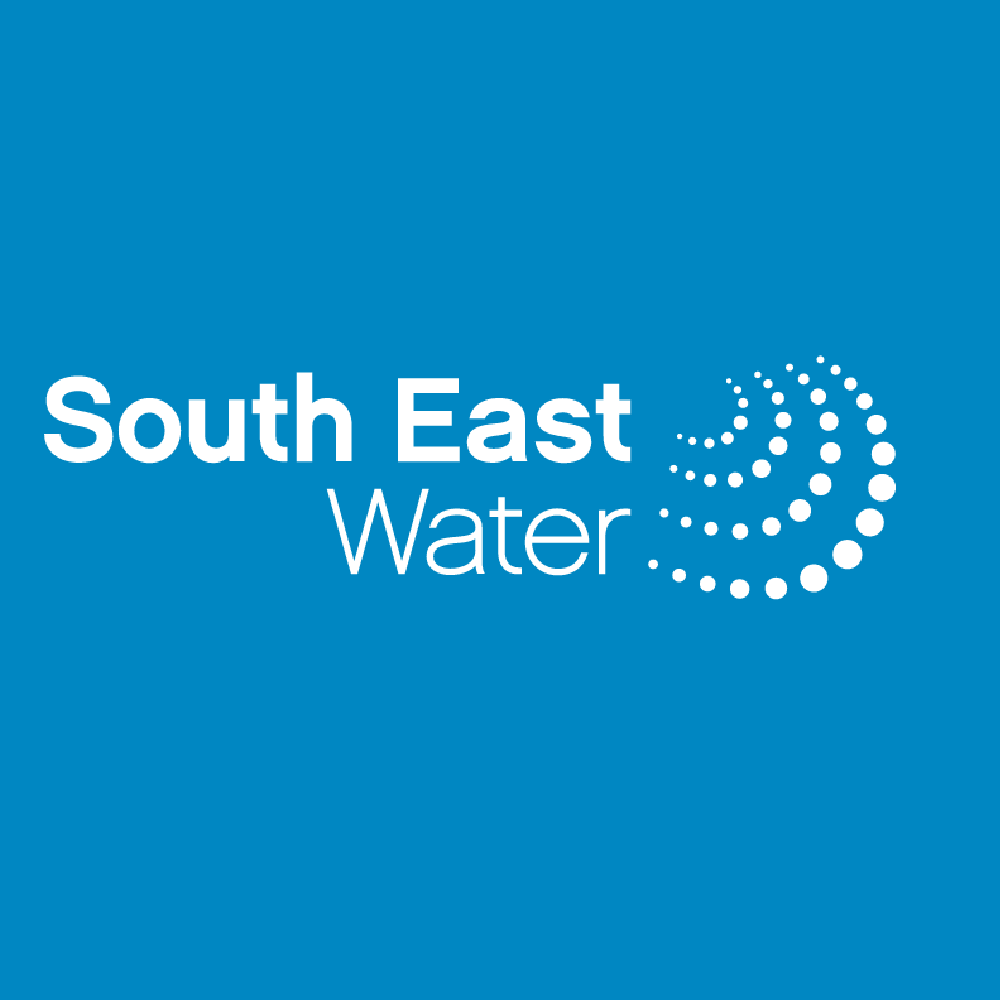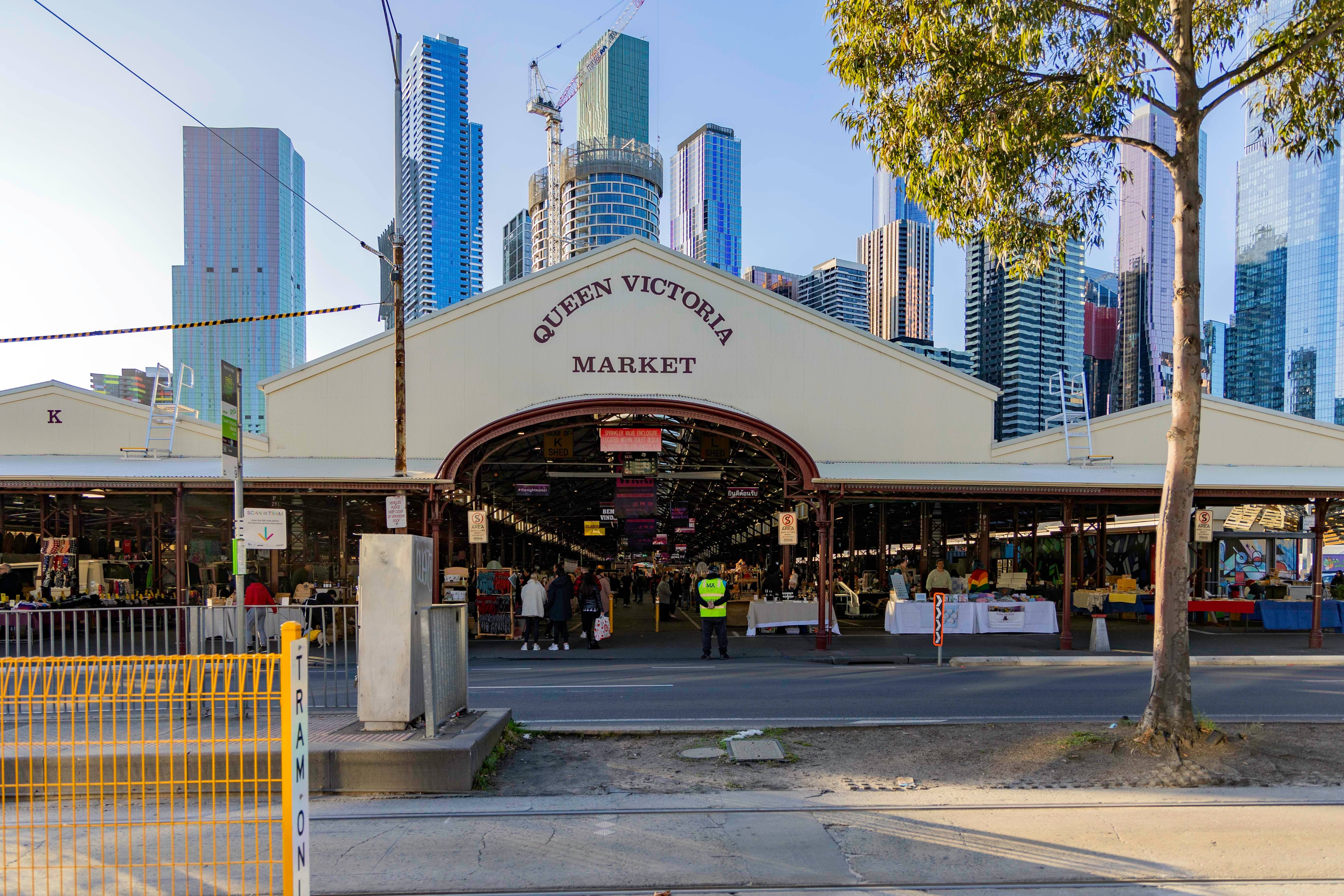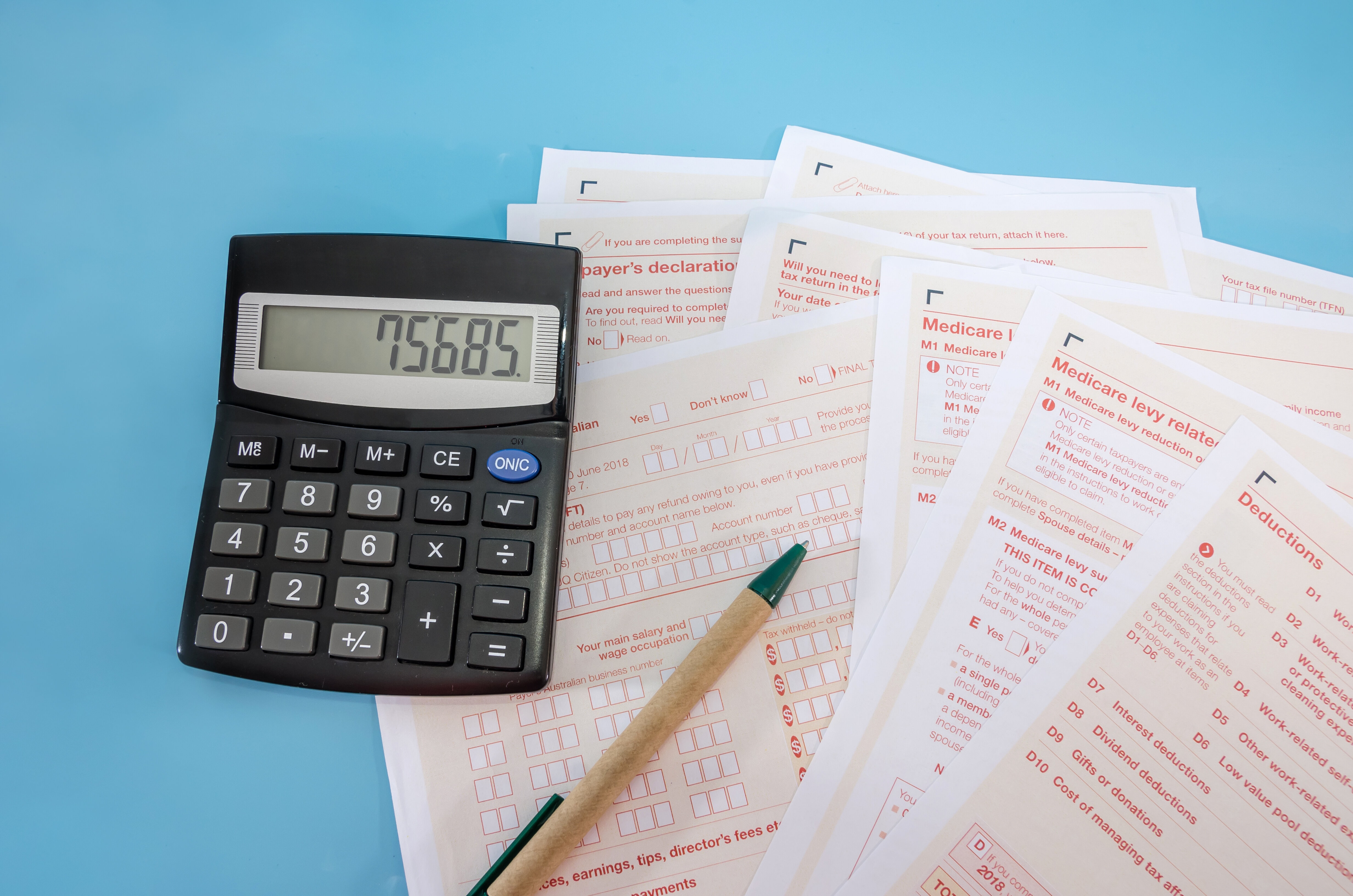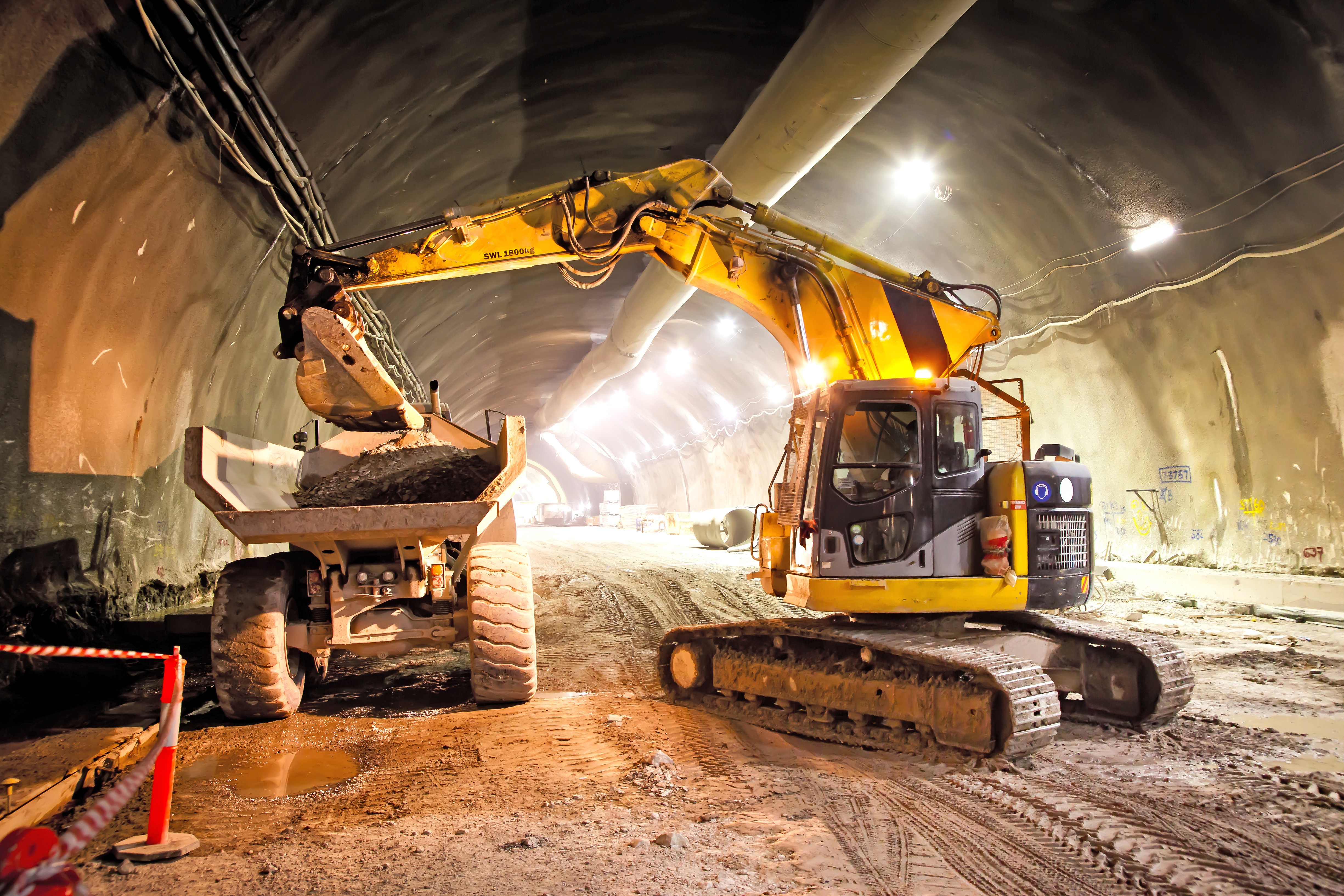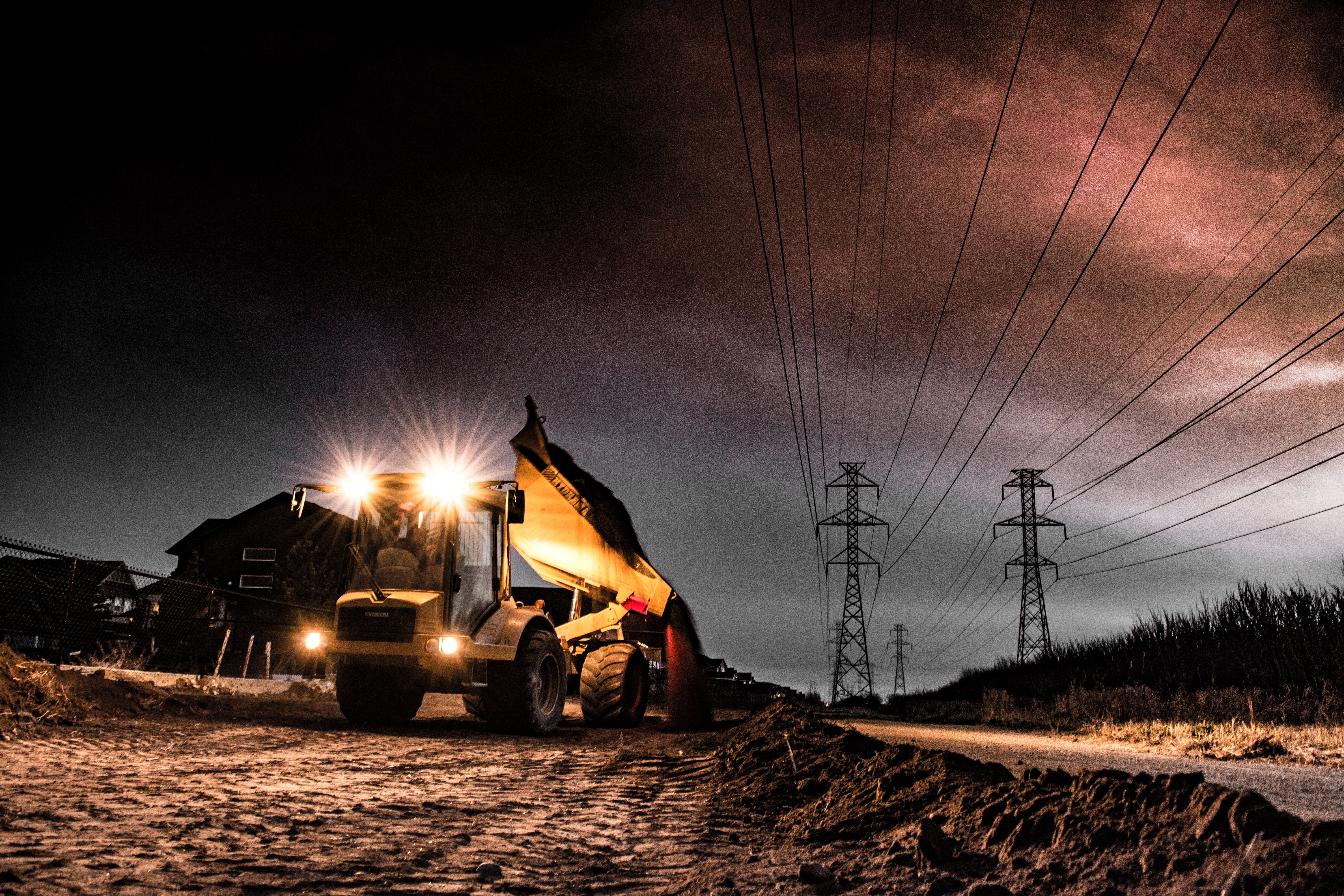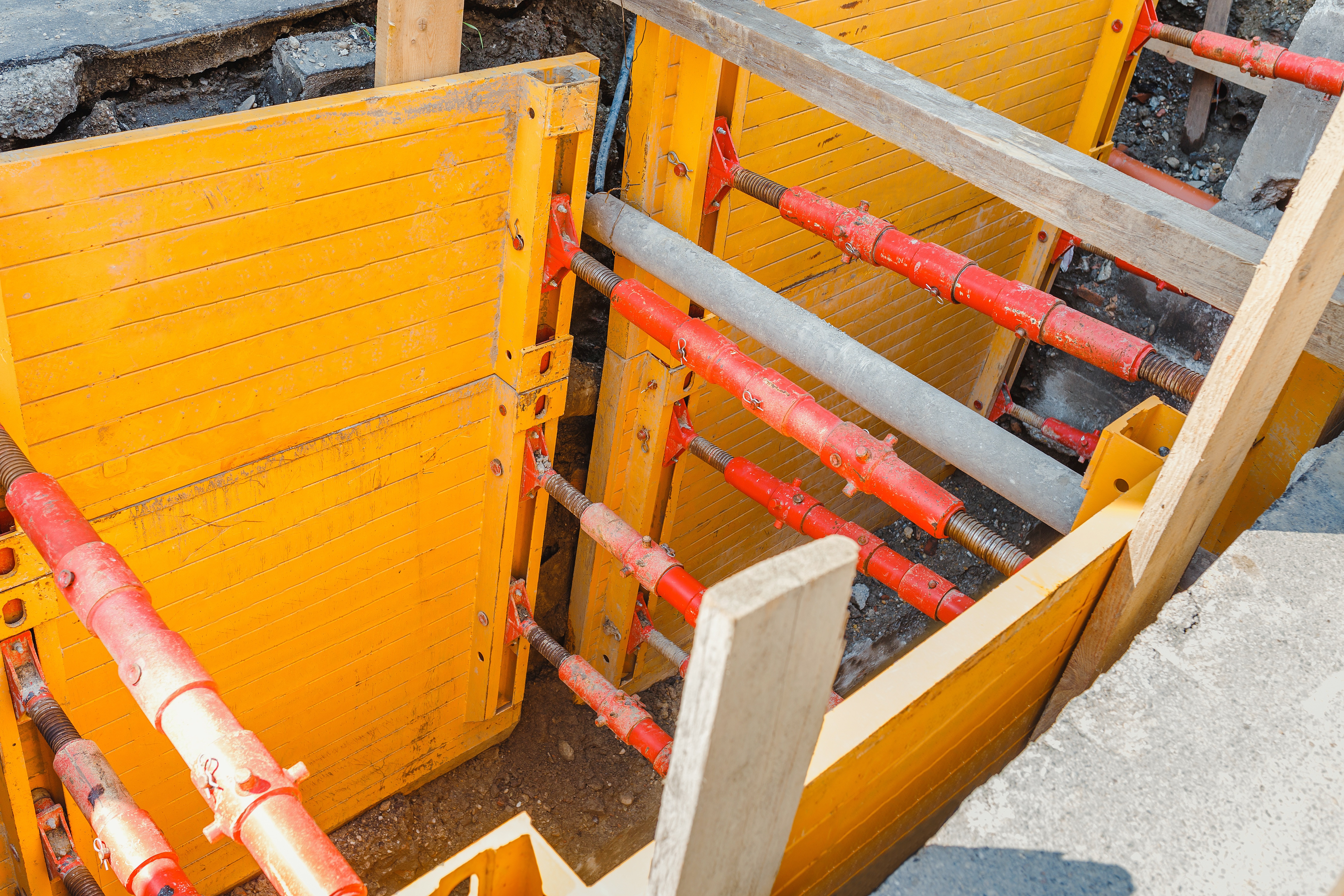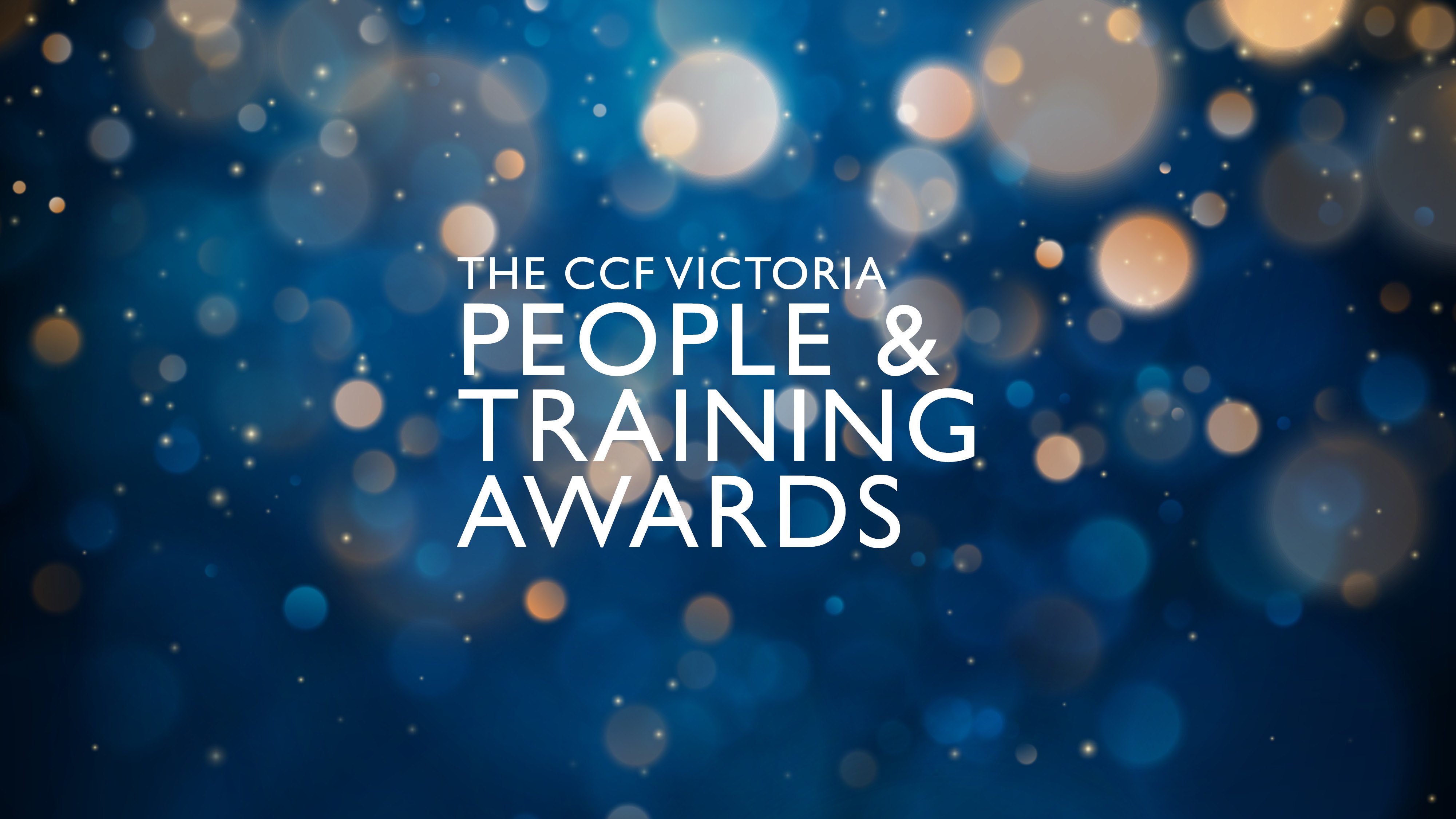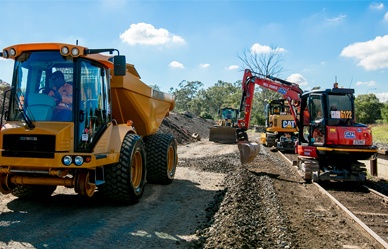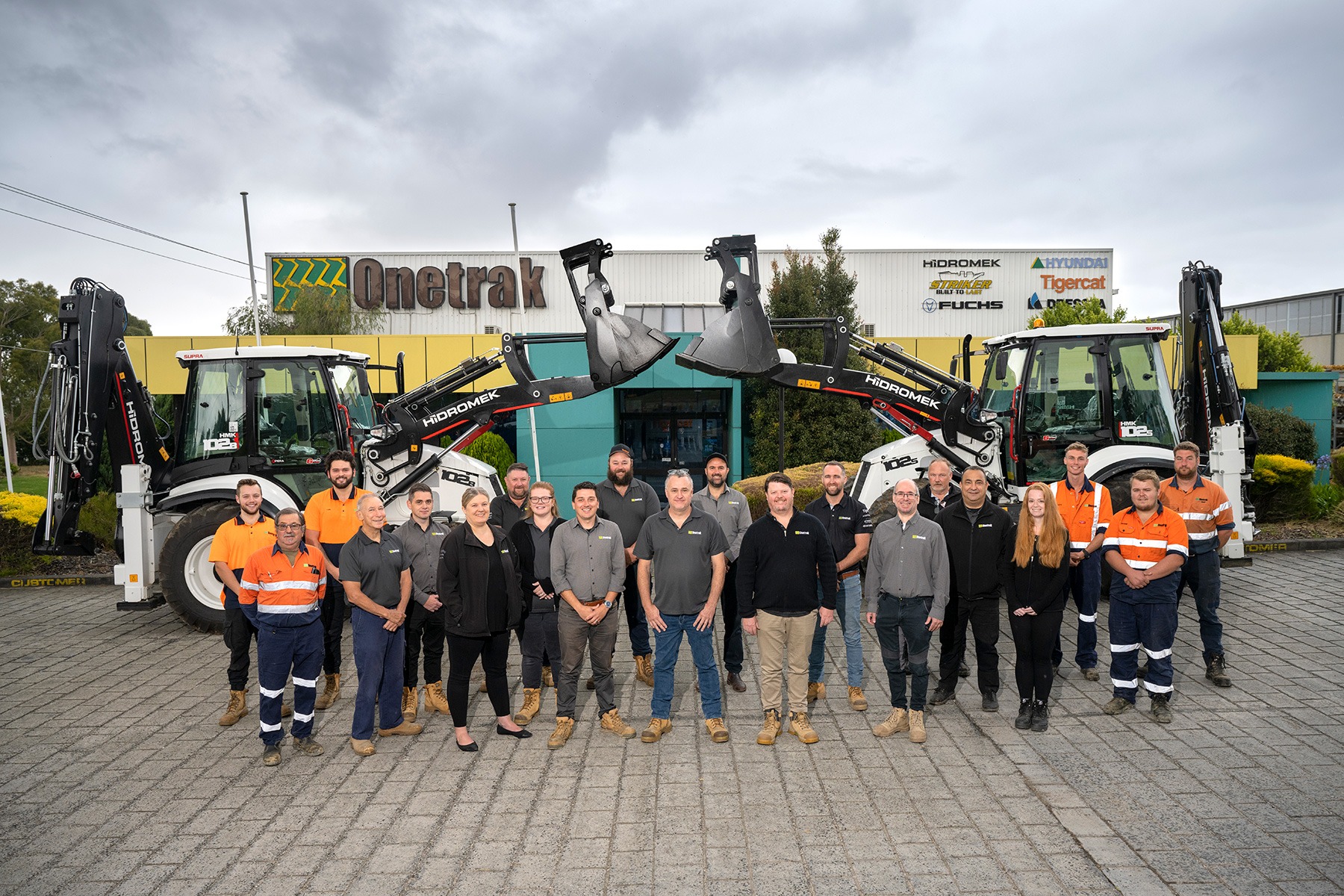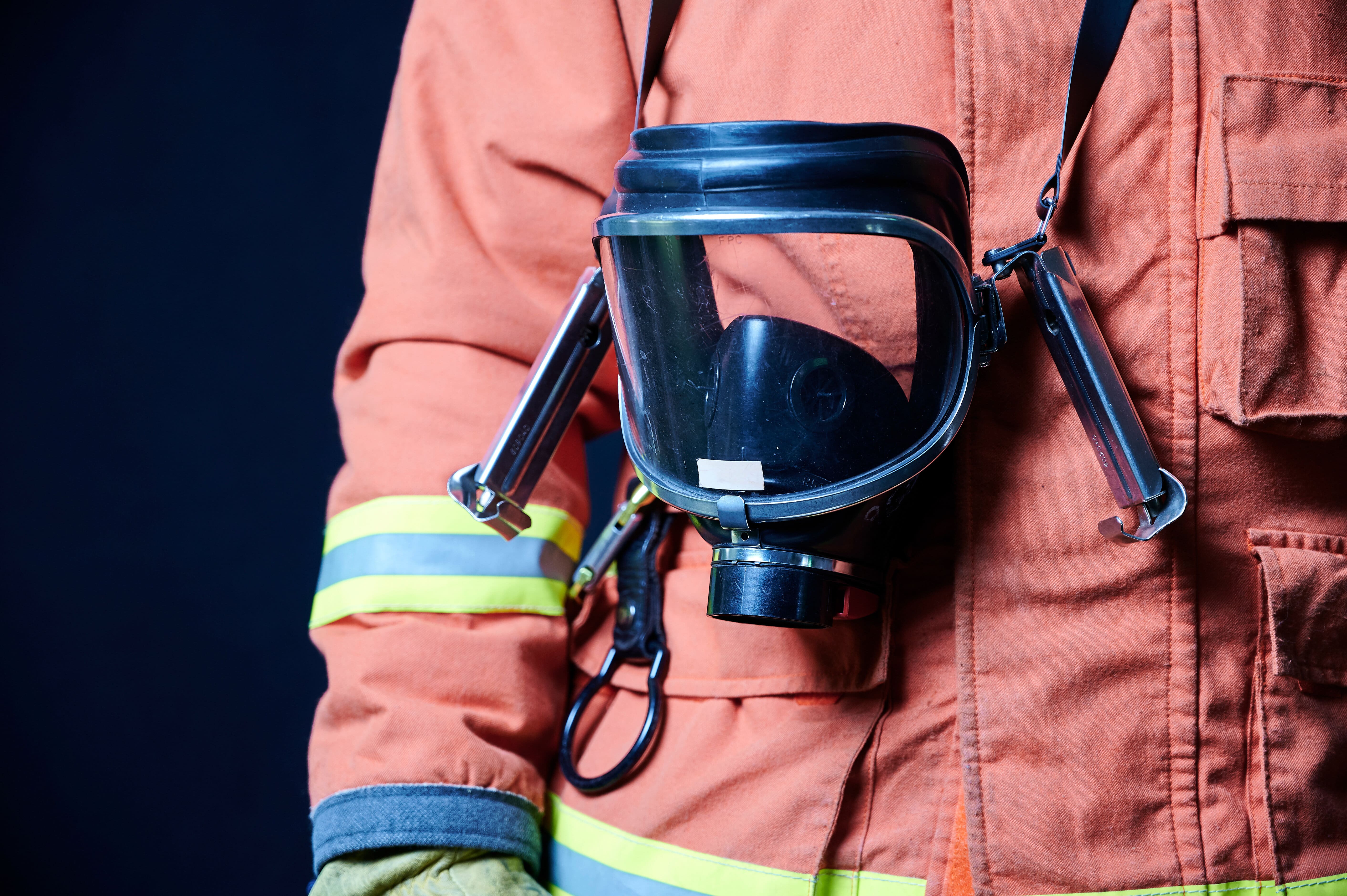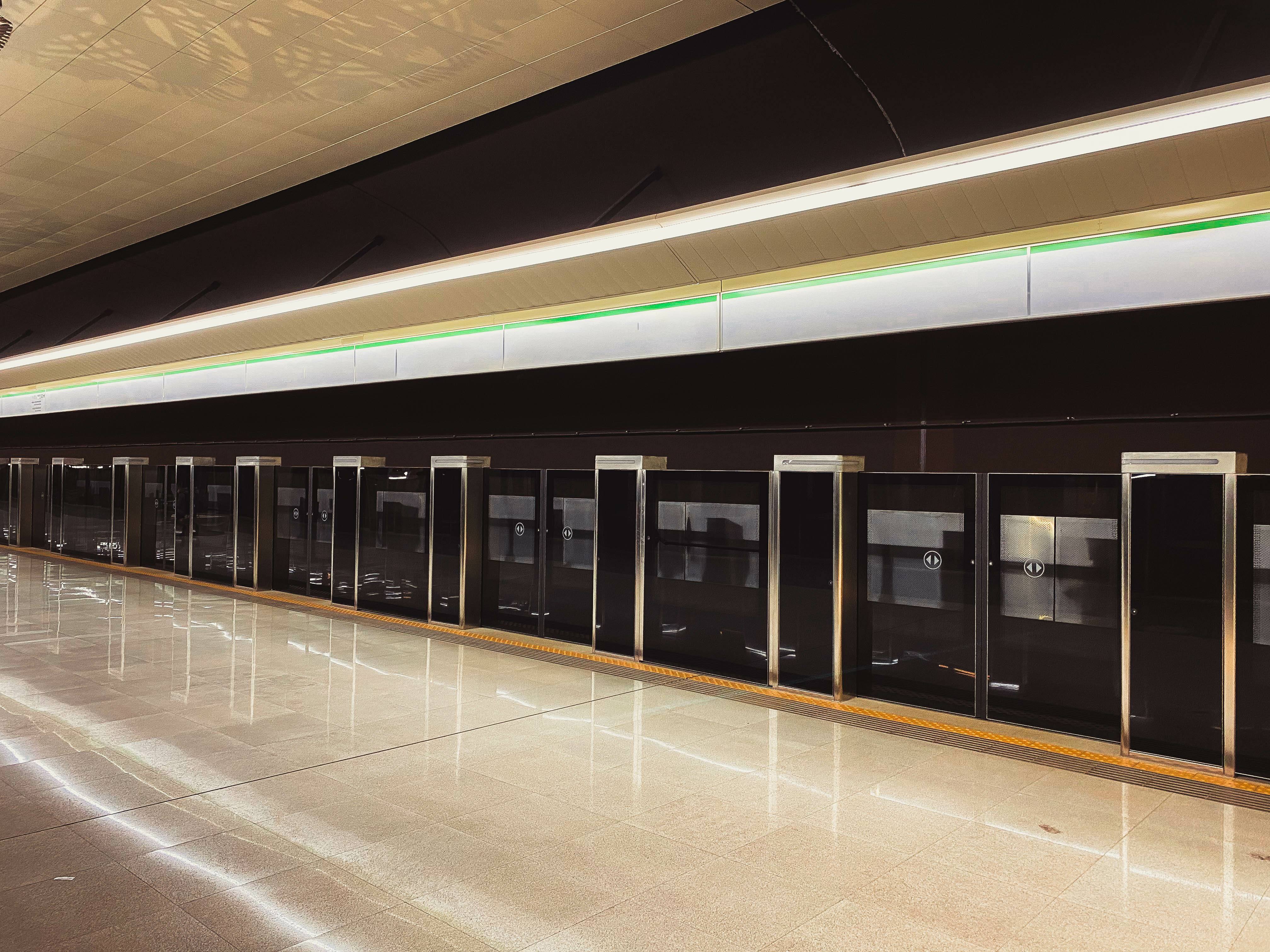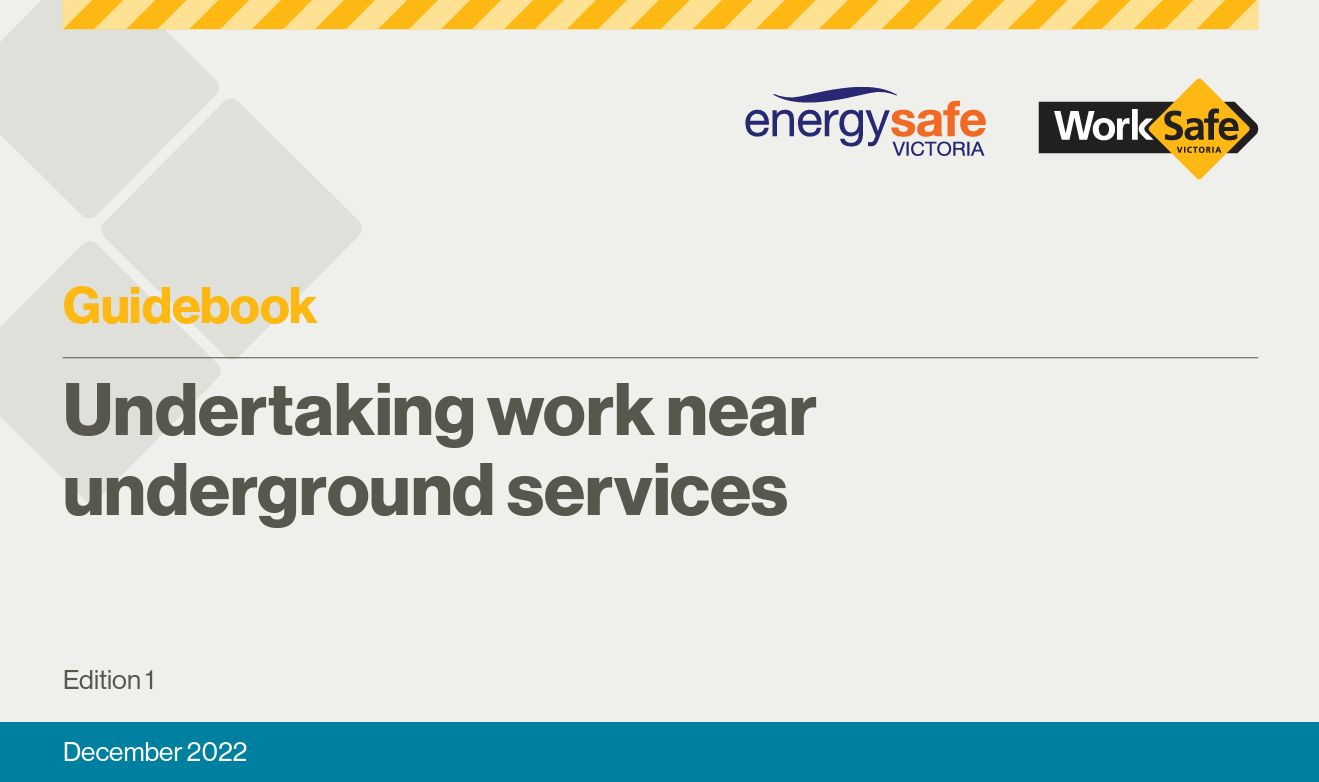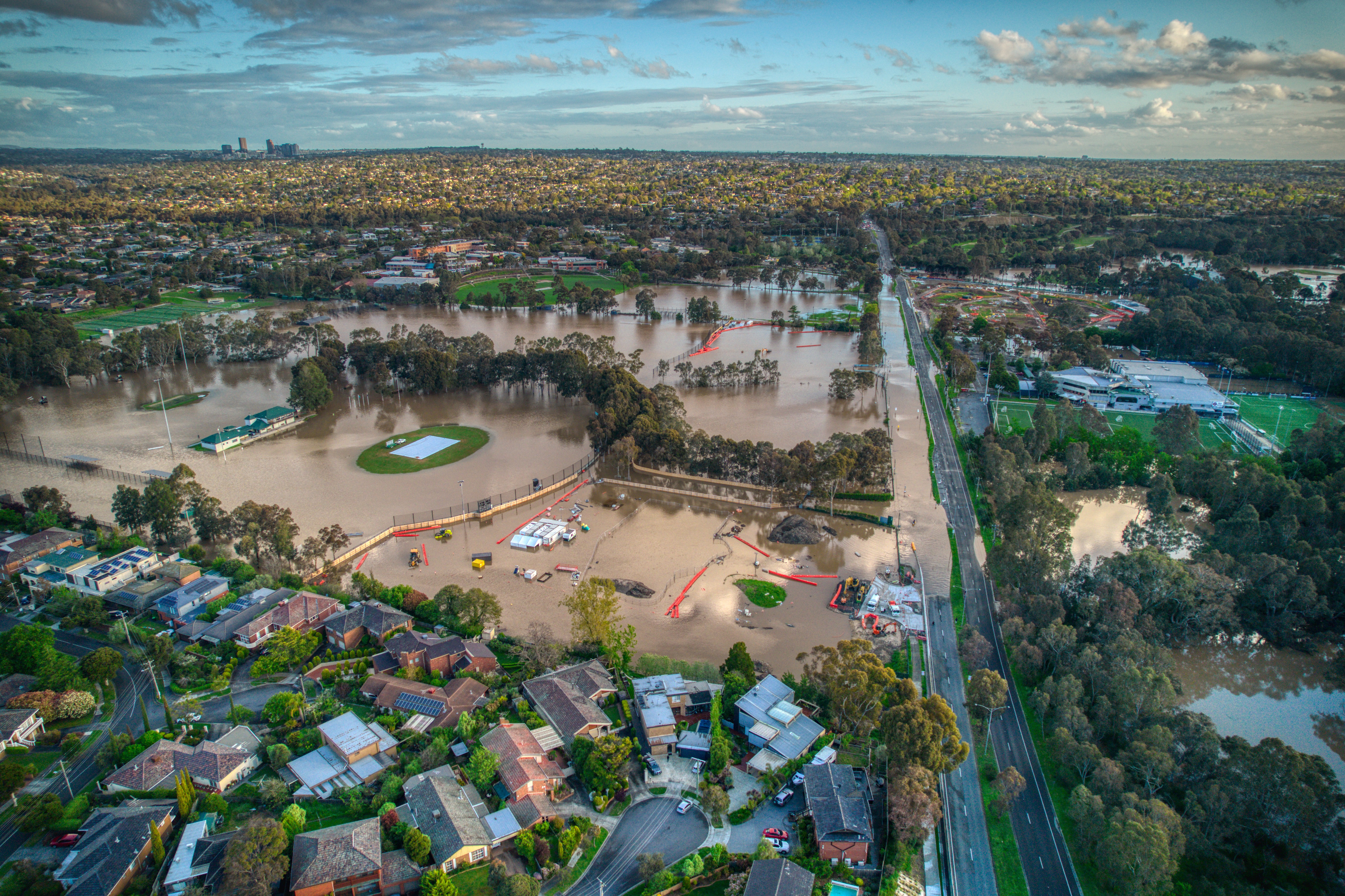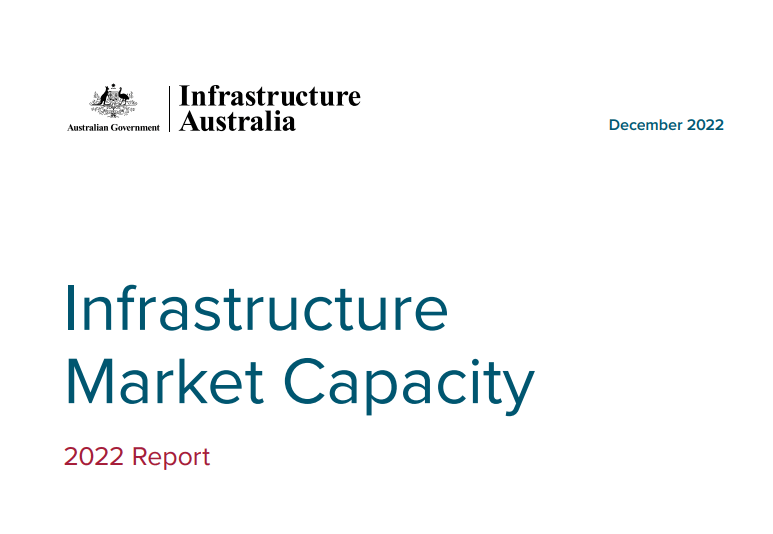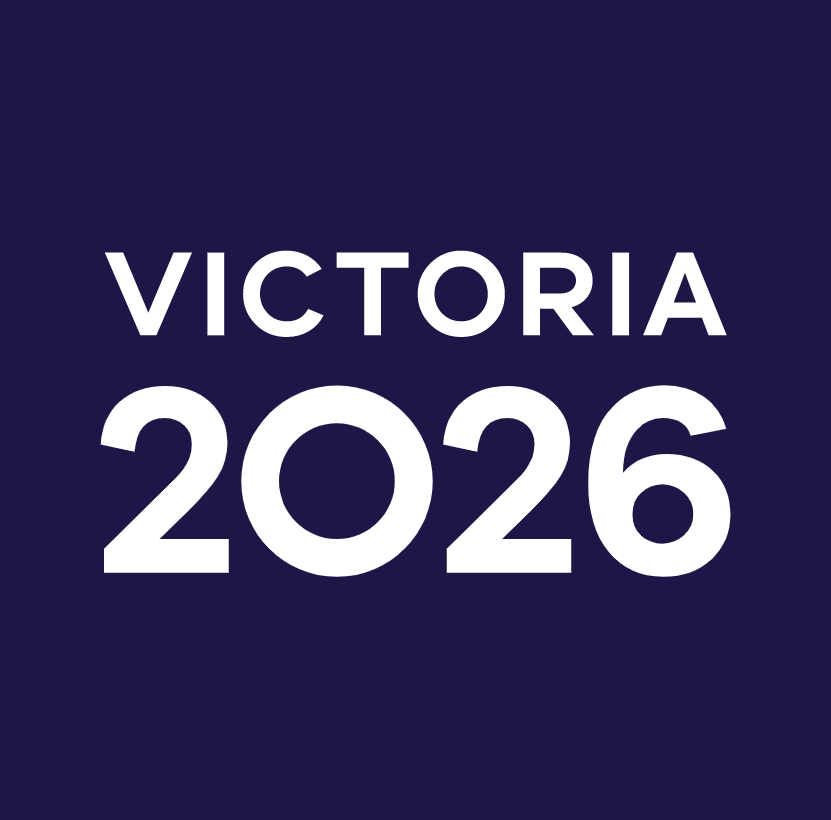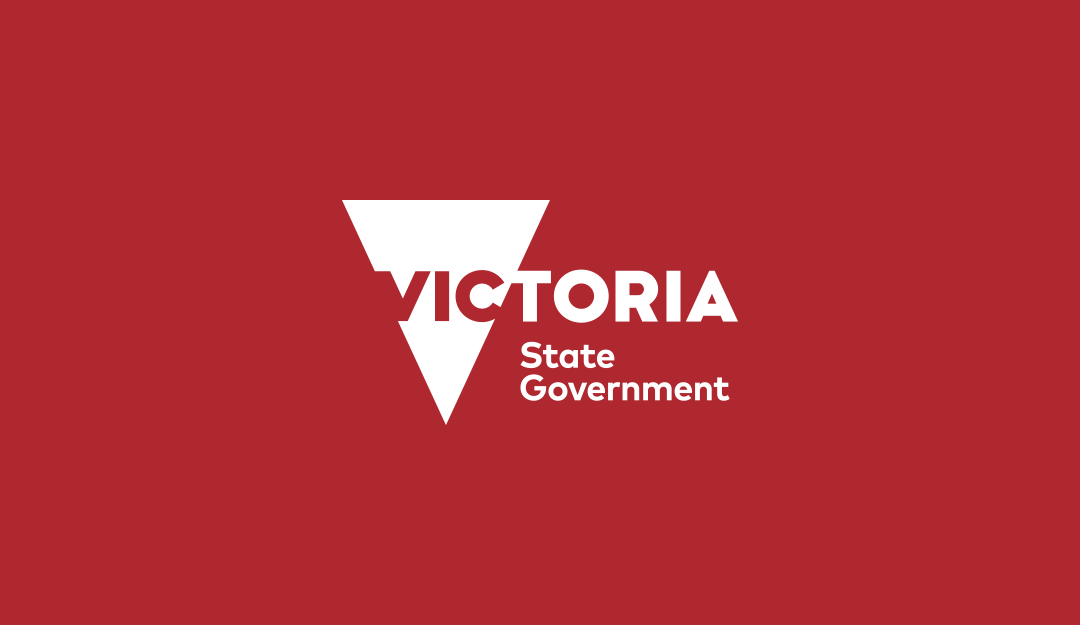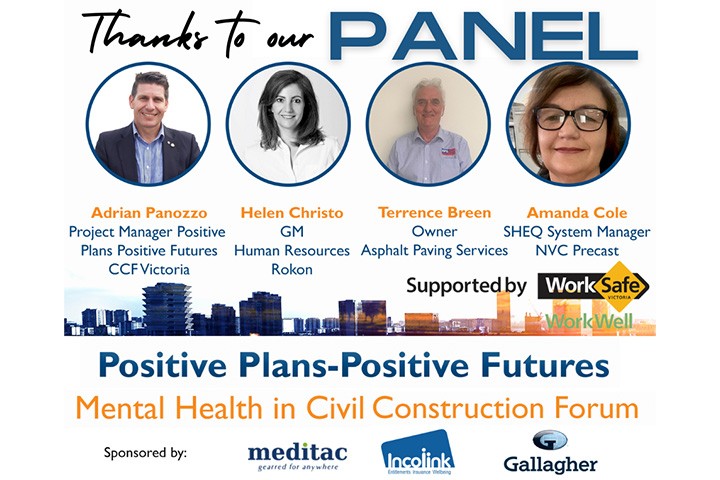OH&S / WH&S Compliance
Underpinning almost every activity undertaken in civil construction, from the deepest trenching operations, use of Plant and Equipment, working at heights, etc. – to ergonomics and the management of office-based hazards; is the framework of the Occupational Health & Safety (OHS) Act (Vic) 2004, the OHS Regulations (Vic) 2017 and their associated Compliance Codes/Code of Practice.
The OHS Act and Regulations are legally binding on all personnel in every workplace – and in public or private places where the acts or omissions of any working person can impact on the health or safety of any person – or where private or public property may be damaged.
Compliance Codes and Codes of Practice – are ‘best practice’ industry guidelines which represent the most current ‘state of knowledge’ on the best methods, implemented ‘so far as is reasonably practicable’, to be followed in order to achieve the safest outcomes possible, and minimise the risks to acceptable level(s) for all tasks being completed.
What is High Risk Construction Work (HRCW)?
Contractors in the civil construction field typically are engaged in HRCW. This includes specific activities that are defined as such under the OHS Regulations. There are a plethora of compliance requirements prescribed under the OHS Regulations, that must be understood and complied with at all times whilst undertaking HRCW.
High Risk Construction activities most relevant to civil contractors include work that may possess one or more of the following characteristics:
- Where there is a Risk of a person falling more than 2 metres
- Work on telecommunications tower
- Involving demolition
- Involves the removal or likely disturbance of asbestos
- Involving structural alterations that require temporary support to prevent collapse
- Involve a confined space
- Involve a trench or shaft if the excavated depth is more than 1.5 metres
- Involve a tunnel
- Involve the use of explosives
- On or near pressurised gas distribution mains or piping
- On or near chemical, fuel or refrigerant lines
- On or rear energised electrical installations or services
- In an area that may have contaminated or flammable atmosphere
- Involving tilt up or precast concrete
- On or adjacent to railways of roadways use by road or rail traffic
- At workplaces where there is any movement of powered mobile plant
- In a area where there are artificial extremes of temperature
- In, over or adjacent to water or other liquids where there is a risk of drowning
- Involving diving
To view the ‘Guide to the OH&S Regulations (Vic) 2017’ CLICK HERE
Compliance Codes and Codes of Practice
One method of achieving ‘best practice’ compliance to your responsibilities enforced under the OHS Act and Regulations, is to demonstrate compliance to the suite of Compliance Codes (and Code of Practice) recently reviewed and updated by Worksafe Victoria, in consultation with industry, unions and taking into consideration public comment.
Compliance Codes relevant to the civil construction industry include, but are not limited to:
- Confined spaces
- Demolition
- Excavation
- Hazardous Manual Healing
- Managing Asbestos in workplace
- Hazardous Substances
- Plant
- Prevention of Falls
- Removing Asbestos in (the) Workplace
To view the ‘Compliance Codes and Codes of Practice’ CLICK HERE
Risk Assessment Process – the ‘SWMS’ (Safe Work Method Statement)
Crucial to demonstrating compliance to your OHS obligations, is the risk assessment process, mandated under the OHS Regulations. The vehicle to demonstrating these compliances, is the ‘SWMS’ (Safe Work Method Statement) documentation process. This is a MANDATORY obligation upon all contractors undertaking HRCW.
Key considerations in complying to these obligations include the preparation of the SWMS by consultation with those persons doing the HRCW, the communication of SWMS content to all persons undertaking the specific tasks, the ‘Sign On’ by all persons undertaking the specific tasks, and the maintaining and holding of the SWMS document at every working site whilst work is being undertaken.
For more information on the subject, contact the CCF Team on 1300 DIAL CCF.
More information on industry compliance is readily available to CCF Members via the CCF Member Portal.
Interested in becoming a member? CLICK HERE to apply.


